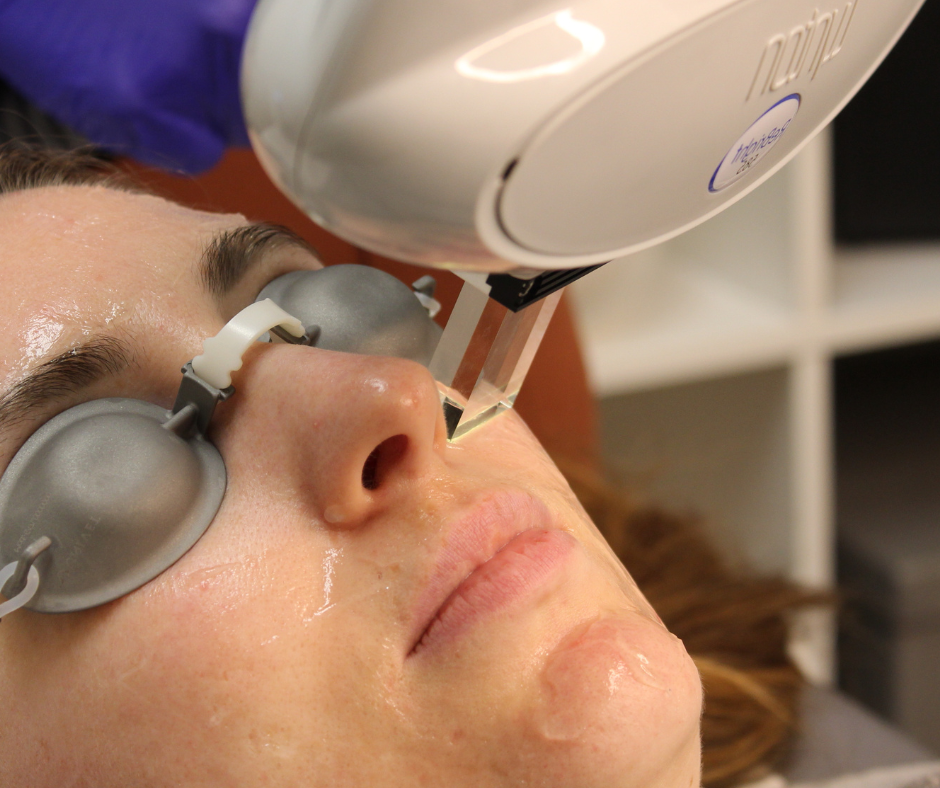
Rosacea is a chronic skin condition that can cause redness, visible blood vessels, and inflammation, often triggered by factors like heat, stress, or alcohol. With so many treatments available, patients often wonder: is microneedling or IPL better for rosacea? While both options offer benefits, they work in very different ways — and one is generally more suitable than the other.
Rosacea typically involves persistent inflammation and broken capillaries, particularly across the cheeks and nose. It’s important to treat the skin gently, as many forms of exfoliation or aggressive resurfacing can make redness worse. Choosing the right treatment depends on the individual’s skin type, the severity of symptoms, and whether flushing, thread veins, or texture are the main concern.
For example, someone dealing with redness and dilated vessels will benefit from light-based treatments, whereas someone with thicker skin and visible bumps might respond better to collagen-based therapies.
So, is microneedling or IPL better for rosacea? In most cases, IPL (Intense Pulsed Light) is the better option. It targets visible blood vessels beneath the skin’s surface without harming the surrounding tissue. The light is absorbed by haemoglobin, causing the vessels to collapse and fade over time. This reduces redness and helps even out the complexion.
IPL treatment is particularly effective for those whose rosacea includes flushing and broken capillaries. It’s a gentle, non-invasive treatment that requires minimal downtime and can provide lasting improvements over a course of sessions.
Microneedling, on the other hand, creates micro-injuries to stimulate collagen production. It’s useful for improving skin texture, acne scarring, or enlarged pores — but it may not be the best starting point for active rosacea. While it can strengthen the skin barrier in the long term, microneedling carries a risk of aggravating sensitive skin if not carefully managed.
Some patients with well-controlled rosacea may benefit from microneedling later in their treatment journey, especially if texture or scarring becomes a concern. However, it should always be performed by someone experienced in working with compromised skin.
It depends on your skin concerns. If you’re dealing with pigmentation, redness, or broken capillaries, IPL may be more suitable. If texture, enlarged pores, or early signs of ageing are your focus, microneedling could be the better choice. A consultation with an experienced practitioner can help determine which approach best suits your skin.
Yes, IPL is often recommended for rosacea, especially when broken capillaries and persistent redness are present. It works by targeting haemoglobin in the blood vessels, helping them to fade while reducing overall flushing. It’s important that the treatment is performed by someone experienced in treating sensitive or rosacea-prone skin.
Microneedling may be considered for people with well-managed rosacea, particularly if texture or post-inflammatory pigmentation is a concern. However, it must be done with caution, as overly aggressive treatment can trigger flare-ups. For active redness or sensitive skin, other treatments may be more appropriate as a first step.